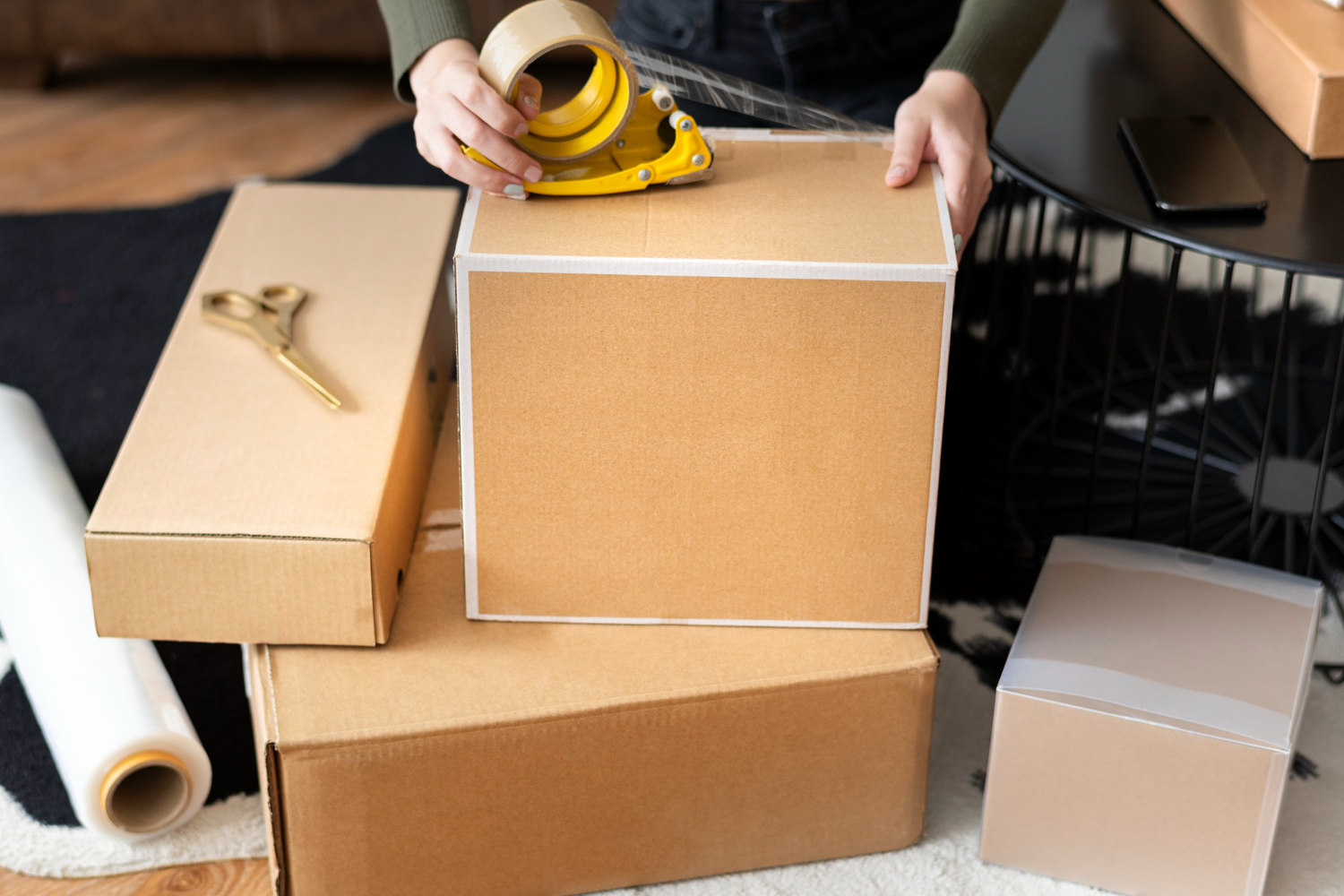Table of Contents
There can be no getting away from boxes because they protect our product from the point of manufacture right through to the retail situation where it is sold. Many internal boxes are kept to offer continued protection or because the box adds value to the item should it be resold. Also, a box will be needed where a product is under guarantee.
In industrial situations, rigid carton box packaging will be used. Beginning with this type of packaging, we will look to explore the diverse types available.
Rigid Carton Box
Rigidity is the key to strength. We all want that from the packaging if it is to protect a product from damage and mean that money is not lost when the item is devalued or becomes unusable due to the damage it sustains. We cannot always rely on the light handling of products, which would take more time when there are delivery deadlines to be met.
The rigid carton box is all about enhanced support for the product inside. It will protect products of immense value such as electronics. This does not mean that it is not customizable, because it is. We can have that aesthetic while still having the strength of the box’s construction. We cannot afford not to protect high-end products. For a little extra cost on the packaging, there is that extra peace of mind.
You may choose to use a cartoning machine. This is a packaging system that picks a single flat carton from a stack of cartons, then erects it, and fills with a product or bag of products or number of products horizontally through an open end. It finishes by closing or tucking the end flaps of the carton or applying glue or adhesive.
Different Types of Industrial Packaging
When it comes to the kinds of packaging that will be used for industrial situations, we have corrugated boxes, plywood boxes, wooden crates, corrosion protection, and ESD packaging.
Corrugated boxes have additional strength in their construction whilst still being recyclable, and so are eco-friendly. Corrugated means that the inner construction of the box’s layers is shaped into a series of parallel ridges to provide rigidity. With rigidity comes strength. The box needs to be capable of holding the weight of the item inside to keep it protected.
Often, plywood boxes will be combined with steel profiles. They are an extremely rigid and strong solution to packaging products. It depends on budget and necessity. There are plywood solutions that are nail-free too, which makes the boxes safer.
Wooden crates will take care of larger items, although cardboard boxes can come in large sizes too. Wood, though, will be used for outer packaging and pallets.
Corrosion can be a problem where bare metal is exposed to temperature changes, moisture, air that has been contaminated, or sea salt. Solutions here include film, aluminium barriers, or VCI. A protective film is used as a short-term solution when the storage is for a brief period. Aluminium will be used in combination with desiccants for longer-term storage. Once a product has been packed, the air will be pumped out and the desiccants will then absorb the remaining moisture. VCI is an additive that is also used. After exposure to the air, it will vaporize and deposit itself as a thin layer on metal surfaces to prevent humidity from reaching the metal surface and causing corrosion.
ESD stands for Electrostatic Discharge. It causes problems with electrical equipment like operational disturbances. There is packaging available that is customized to deal with this problem. It is about shielding and insulation in terms of the products requiring protection.
Advantages of Packaging
There is no doubt that from the humble cardboard box alternatives to the more sophisticated solutions, there are many advantages to the industry in having such packaging at their disposal. It prevents loss and wastage and increases profits when fewer damaged items need to be factored into the balance sheet. We can enhance profits when these costs are kept to a minimum.
Internal packaging can also look aesthetically pleasing to the final consumer and is often kept for a long time after the product is purchased.
Considering the above, it is clear to see why packaging is so welcomed by the different industries using it as well as the final recipient of the product. At every stage, a product can be safely transported. The packaging can protect the item in certain ways depending on how fragile it is. Electrical products, for instance, will need just as much protection as fragile ornaments because their components inside are often overly sensitive to things such as temperature changes and moisture.

UI/UX Consultant, Photoshop, XD, SketchApp, Product Designer, Website Designer, Mobile App Designer, Expert WordPress Developer. For web/mobile design and wordpress development related projects please contact me at dibakar@themepurpose.com






